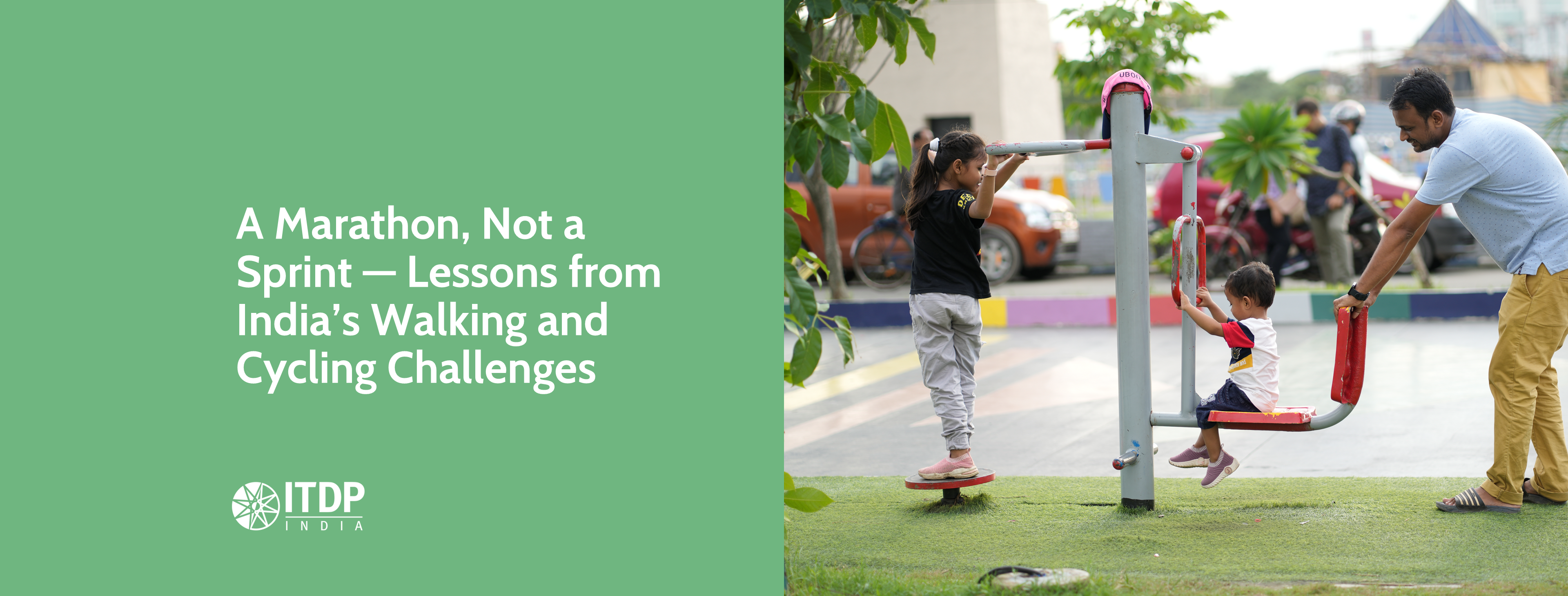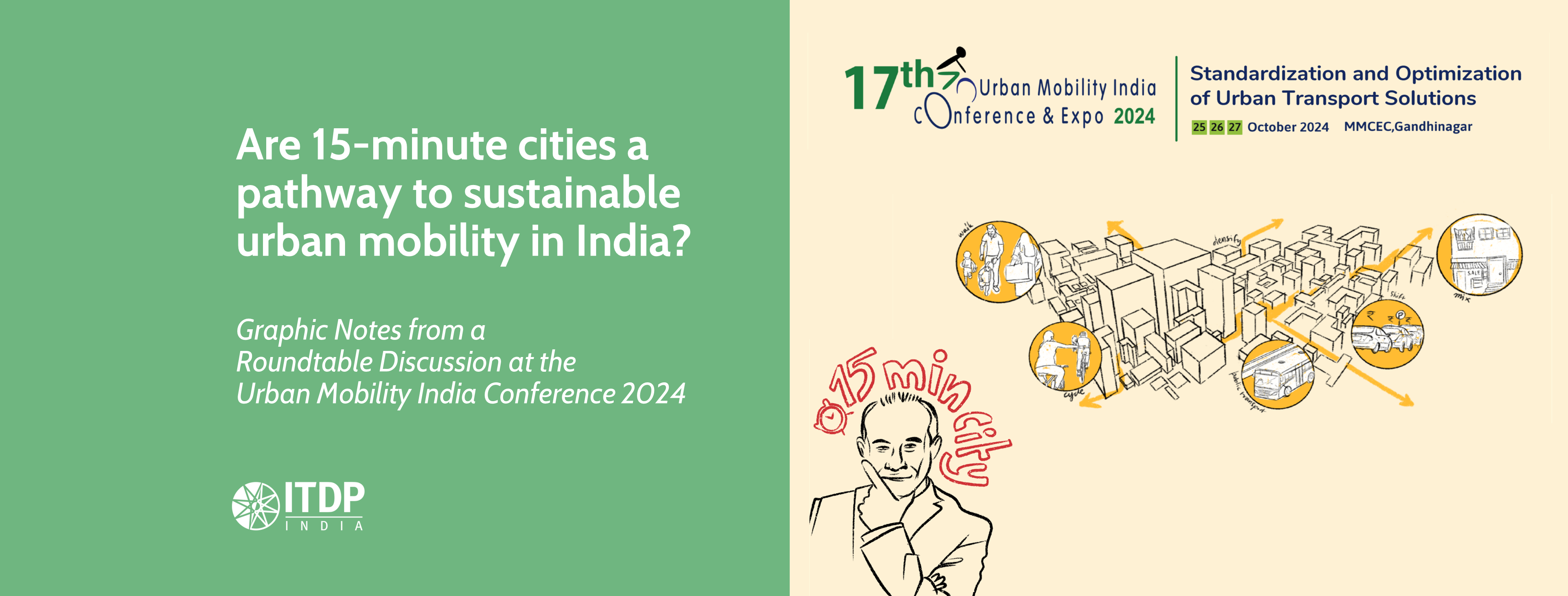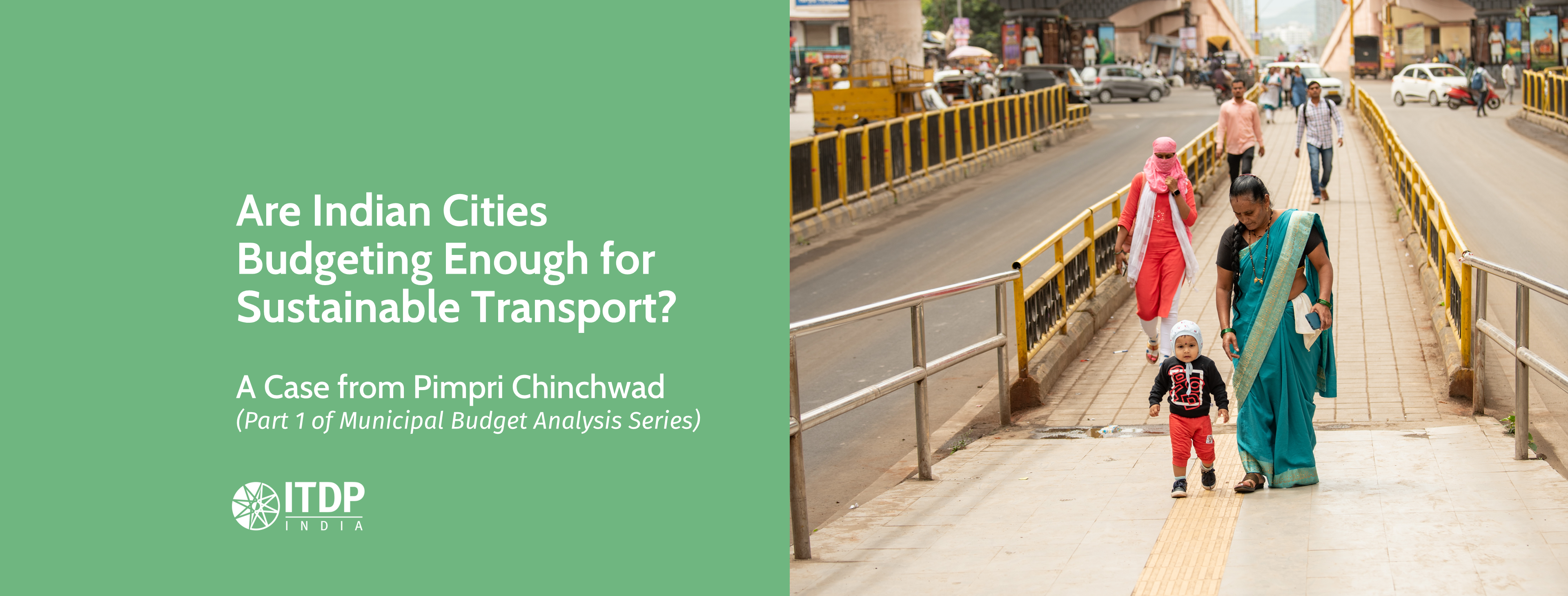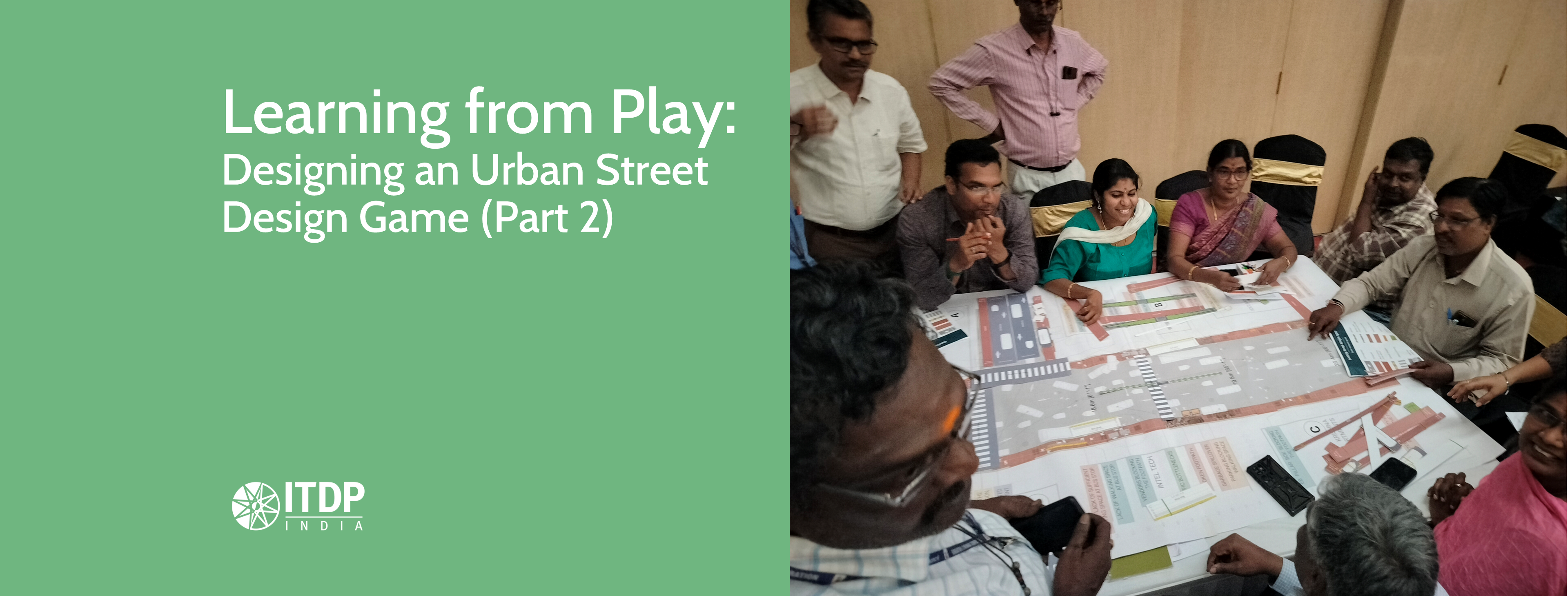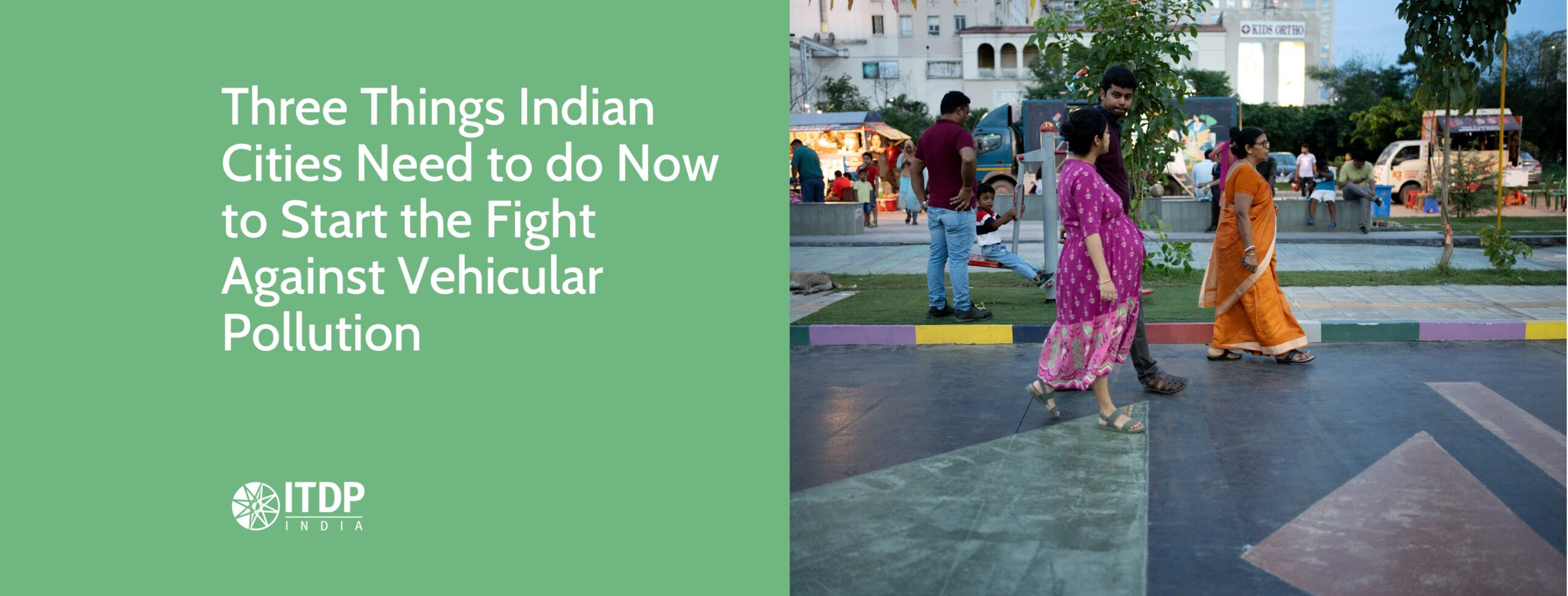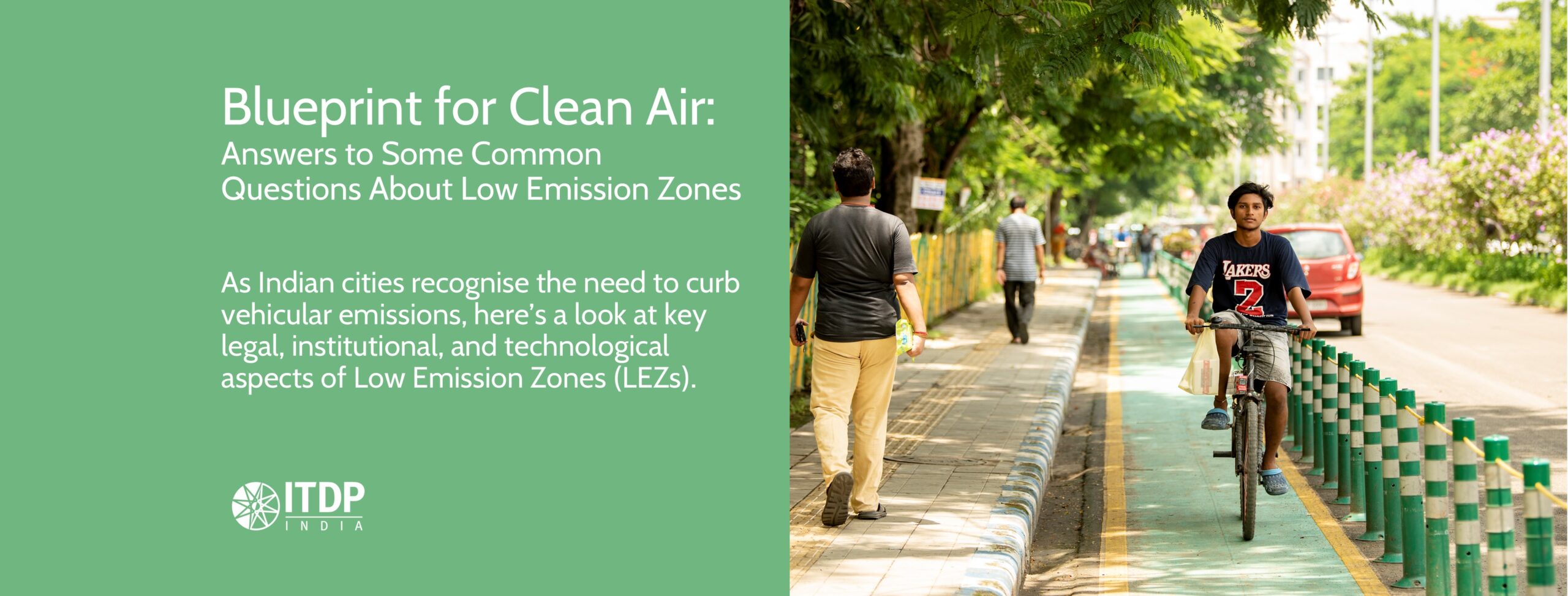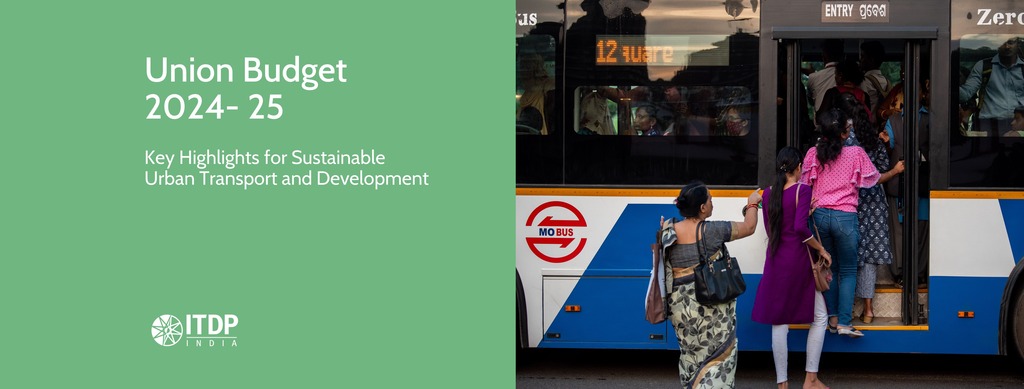The latest Union Budget 2025-26 announcement by Finance Minister Nirmala Sitharaman on February 01, 2025 has shown continued support for public transport and e-mobility. This reflects the government’s commitment to sustainability.
Here are the highlights in terms of allocations to promote more buses and electric mobility:
Key Budget Allocations
- PM e-Bus Sewa Scheme: This scheme received Rs 1,310 crore (up from Rs 500 crore in 2024). This scheme aims to improve urban bus transport in India by providing nearly 10,000 urban buses to cities.
- PM e-Drive Scheme: This new flagship scheme received an increased allocation from Rs 1,870 crore in 2024 to Rs 4,000 crore this year. This is a two-fold increase! The scheme will support in procuring 14,000 new e-buses, 1,10,000 e-rickshaws, e-trucks, and e-ambulances.
- Production Linked Incentive (PLI) for Battery Storage: Under the overall push for PLI scheme, the National Programme on Advanced Chemistry Cell (ACC) Battery Storage, received a small share with an allocation of Rs 155.76 crore. This helps reduce battery costs and promote EVs but could have been higher.
However, when we compare these allocations to actual needs, the gap remains significant.
A Huge Gap in Urban Buses
India needs 2,00,000 urban buses, but only 35,000 are operational (inclusive of e-buses). To bridge this, the union government scheme provides just 24,000 buses (10,000 from PM e-Bus Sewa and 14,000 from PM e-Drive throughout the duration of the entire scheme over multiple years). This is far below than what is required.

Pic: A crowded bus in Bhubaneshwar. Owing to no major investments in public transport over the years, the passenger experience has been deteriorating
Metro Rail Funding vs Bus Funding
In the 2025 budget, one standout was how the metro rail funding increased significantly from Rs 24,000 crore to Rs 31,000 crore, with Rs 649 crore in grants. We at ITDP India wish a similar allocation was done for PM e-Bus Sewa to make a big impact on bus services in alignment with the actual need for buses.
The budget supports public transport and e-mobility, but to truly transform urban mobility, more investment and better execution of schemes are needed. Over and above this, sustainable mobility also requires investment in walking and cycling infrastructure as well and we hope this happens soon!
By Vaishali Singh, Programme Manager, ITDP India
With inputs from Parin Visariya, Venugopal AV, Donita Jose





